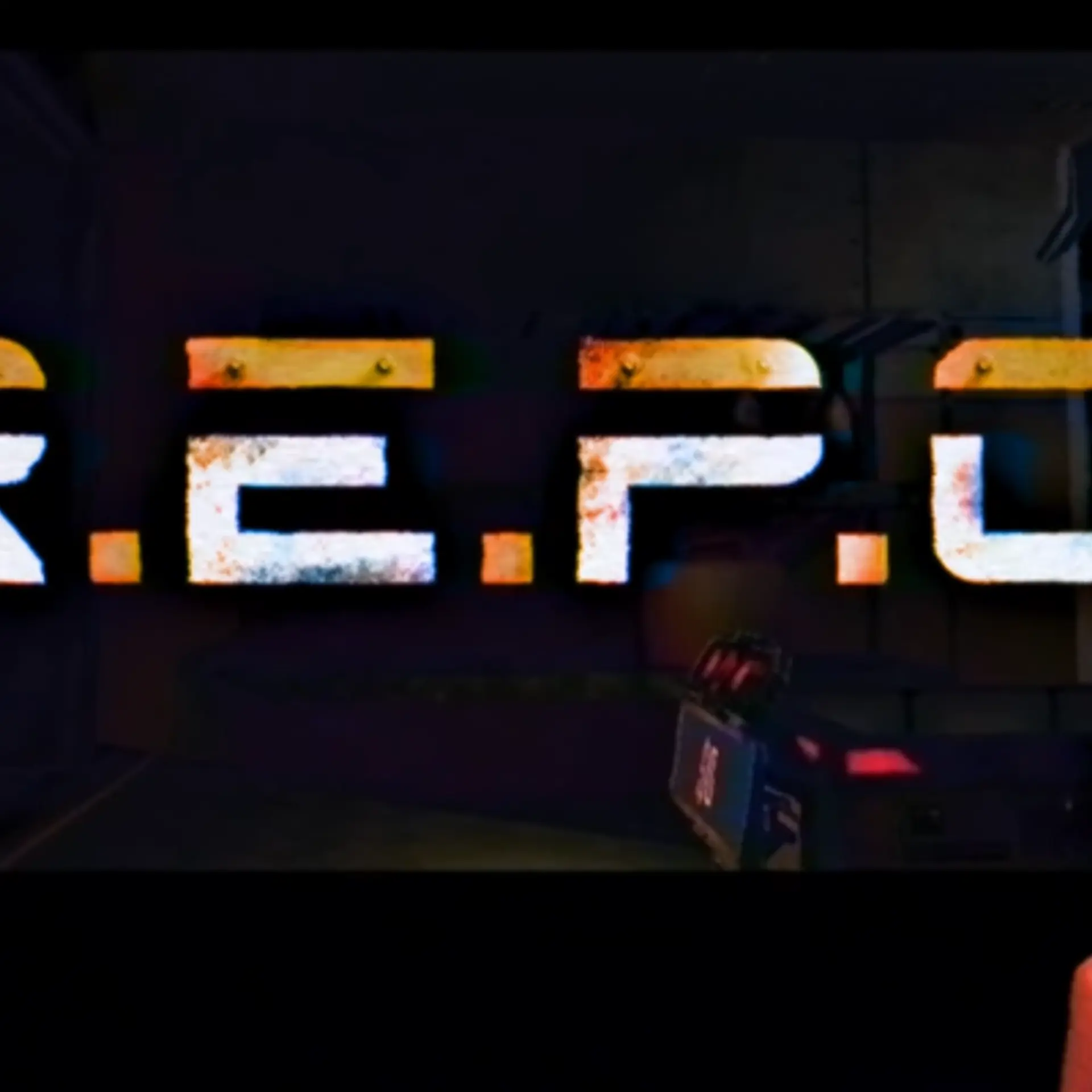Why Ankur Warikoo believes storytelling is an important part of a founder’s journey
In this episode of Prime Venture Partners podcast, Ankur Warikoo, internet entrepreneur, motivational speaker, and angel investor, highlights the importance of storytelling in entrepreneurship.
Every great success has a bigger story to tell. But unless that story is engaging and has the right kind of emotion, it may not have the necessary impact on listeners, feels Ankur Warikoo.
With an MS in Physics from Michigan State University and an MBA from Indian School of Business, Ankur is the Co-founder of , a hyperlocal ecommerce company. He was the CEO until 2019 and at present serves as a board member of Nearbuy.com, in addition to being a motivational speaker through his brand ‘Warikoo Wednesdays’. He is also an angel investor in internet and technology companies, among others.
In a recent episode of Podcasts, a series featuring the makers and doers of the startup ecosystem, Ankur Warikoo discusses the lesser-understood entrepreneurial skills with Amit Somani, Managing Partner of Prime Venture Partners.
Why storytelling?
According to the angel investor, “storytelling is the most important part of a founder’s journey”. He believes that at every stage in their entrepreneurial journey, they are not only sharing their story with investors, but also with employees and - more importantly - their own selves.
While storytelling is perceived as a small step of a massive movement, Ankur says it is an immensely personal journey, stating that it all begins from a deep passion for something.
“Graphic designers create visual stories. Actors tell stories through dialogues. Stories are contextual, person-oriented, and need not always be verbal. You can crystallise your thoughts with stories and become the ambassador of your brand,” he details.
On his frequent references to emotion and its role in entrepreneurial storytelling, Ankur says that there are quite a few inhibitions in the ecosystem. In fact, founders often get lost in the output of their narrative, thinking little about the outcome they initially wanted to achieve.
With a great percentage of engineers in India, their world is always in binary – bits and bytes, zero and one, or black and white. But when you look at the humanities stream, their world is a continuum and is always grey.
Ankur believes that it is important to delve into the inner psychology of humans to under their perceptions, and mix the emotional continuum into storytelling, leading to a much bigger impact.

Ankur Warikoo
Mastering the art of storytelling
Ankur shares insights on how one can develop their storytelling skills, drawing examples from his own personal journey. He recommends a practical method, listing three things that helped him in his storytelling journey.
First, always take feedback from the audience, irrespective of what stage of life you are in, or what experience you hold. “Feedback with a genuine curiosity of learning, not defending, not trying to project or even rationalise how you did what you did. But just listen, not with the intent of reacting, but understanding,” he says.
Second, record your own videos and watch them. Ankur says that helps you “hear and see ourselves as the third party”, which we seldom get to do. “We start noticing our body language, eye movements, and how we project ourselves to the audience.”
Third, he says learn from people who are great storytellers. Regardless of the content, the key takeaway of this exercise is to learn how the writer wove a story, and pick up the art of storytelling.
Build a personal brand as a founder
Ankur believes it is not important for all founders to build a personal brand (on social media). “Instead, they should recognise if they can naturally do it and devote the time necessary without any compulsion.”
Personal branding does not work if you are not into it out of will. You cannot just create content just because it is already the end of the week. The right reason is that you love it, not because everyone else is doing it, he says.
He adds that when it comes to social media, there needs to be regularity and strict discipline - almost like running a parallel life. “This should be done, only for the right reasons,” he says.
Create your failure resume
Amit brings up Ankur’s ‘failure resume’ that he had shared on LinkedIn and which went viral, simply to highlight that not every successful story is a smooth road.
But Ankur says that not every successful story needs to have a failure. But if one does come across failure, then, “it is failure, plus, reflecting upon that failure that will hopefully get you to succeed”.
The failure resume does exactly that. It allows one to pause and think about everything they’ve done in life, and why the failure happened.
“Resist the urge to insert any success in your failure resume. If you could make it, state it as it is. Then, ponder why are you here, what happened, and start building from there,” he signs off.
You can listen to the podcast here.
Edited by Teja Lele









